Temperatures are dropping, humidity is low and you’re ready to walk outside and carpe diem once again! Well in my world it’s carpe folia! With fall here it’s time to protect your home and asset from the deteriorating weather of the coming winter. I know you may be more than ready for that first PSL, autumn hike, patio party, or trip to the wineries but with a little preventative maintenance now you will be sleeping cozy when the cold weather really kicks into gear! Run through this handy list of fall house maintenance tips to avoid headaches and keep your home safe, healthy, and happy.
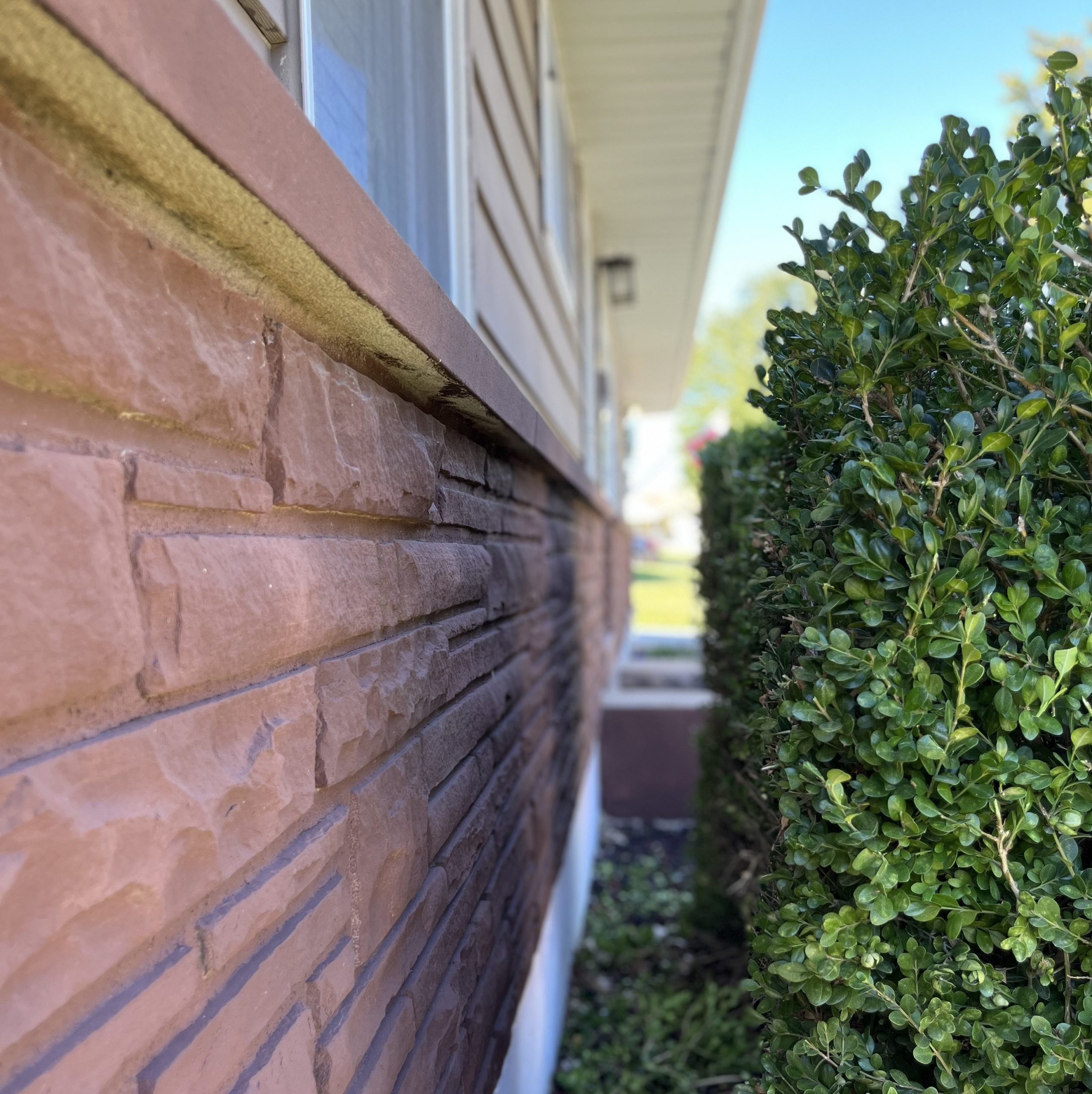
1. Trim Foliage
Exterior building materials are the most expensive components in construction. They will last a long long time with proper maintenance. Trim back any overgrown bushes, branches, and tall grasses that are butting up against your building. When the wind picks up these loose limbs will bang against your windows, siding, and brick, slowly damaging them with persistence. They also offer critters a bridge to enter the warmth of your home while protecting them from the elements. If you have landscaping, mulch, or vegetation that is butting up where the foundation of your home meets the siding, brick, or stucco, it’s best to remove it. Take down the debris and leave at least a four-inch gap between the ground and the exterior surface material. This area also acts as a bridge for creepy crawlies moving into your home. Keep the exterior surface of your home clean and bugs out to help retain the long term value of your home!
2. Spray for Bugs
Those cold blooded insects are feeling the breeze quicker than your basic white girl running to grab her first PSL. As you test to see if last year’s pants still fit bugs are looking to warm up in the nooks and crannies of your home. Always check labels for appropriate use prior to applying any pesticide, but most hardware store brands can offer the same products as professional services. Perimeter spraying should start from the inside out. Inside you should spray in your basement around points of entry like dryer ventilation ducts and windows. If you have a tile drain system, spray the exposed perimeter. Outside, you should address all of your closed windows, doors, and crawl spaces as they are all points of entry for those unwanted guests/squatters.
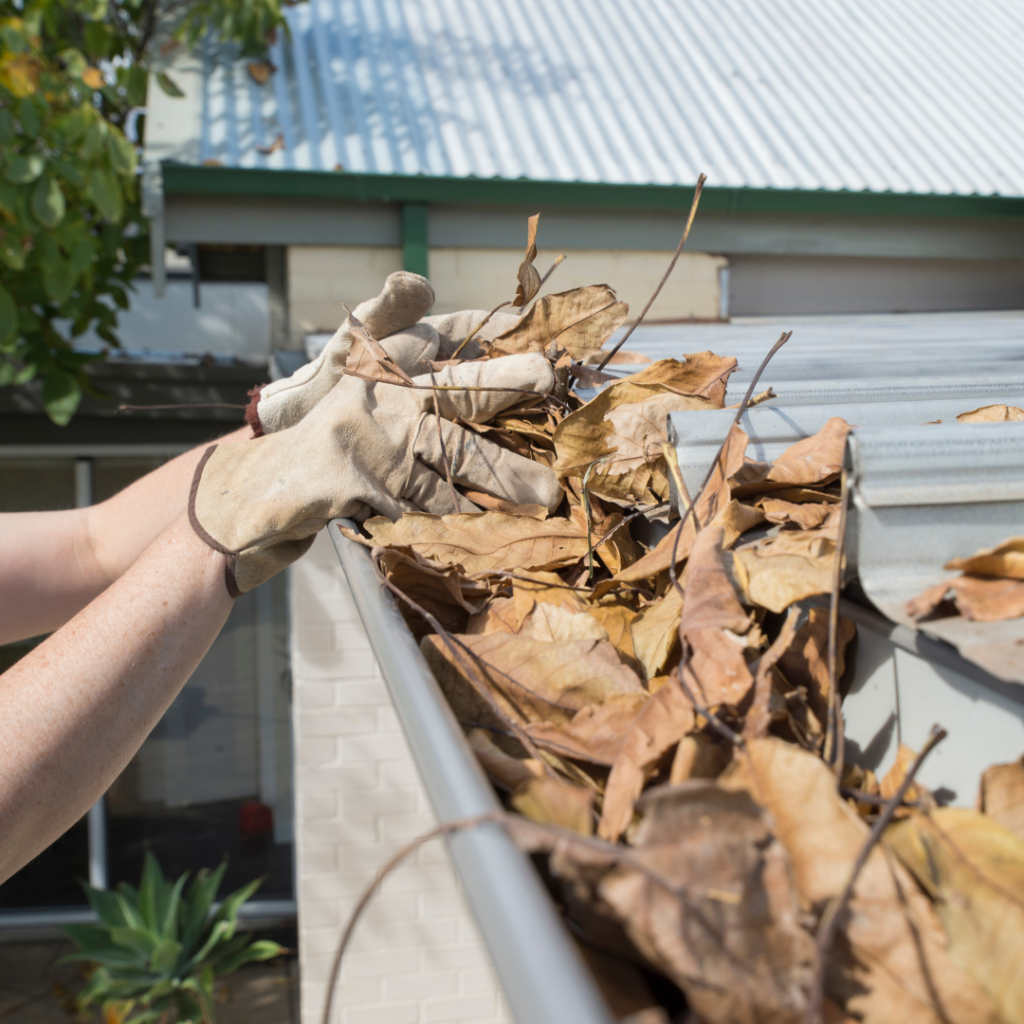
3. Clean Those Gutters
Those summer storms that dropped small tree branches on the ground also blew leaves and roof shingle granules into your gutters. Time to get up there and clear them out.
Pro Tip 1: Start where your gutter down spouts are. This is where gutters get clogged the most. From this position you should be able to look down the entire length of your gutters to see are any other obstructions in the channel.
Pro Tip 2: Your gutters may also become loose over time, so bring a small hammer with you and pop back in any nails that are creeping out.
Bonus Tip: Gutter guards work wonders. And when in doubt, hire it out!
4. Protect Faucets from Freezing
Ensure that your outdoor faucets don’t freeze or burst by taking a few minutes to winterize them. To get all of the water out of the line you will actually want to turn the water on. First, locate your water shut off valve to the exterior spigot inside your home. This may be behind an access panel or in the floor joists in your basement, usually just a few feet from the wall. Then head back outside and turn the water on at the spigot. Next, head back inside and turn the shut off valve to closed. This allows the water to completely drain out of the pipe from well within your home. Go back outside and turn the spigot faucet off to prevent cold air from entering your home and freezing the pipe. Finally, disconnect the hose and drain the water from the hose before storing it safely away from the elements over the winter.
Bonus Tip: If you don’t have a shut-off valve and/or your faucets are not “freeze-proof,” install an outdoor faucet cover for an added layer of cold-weather protection.
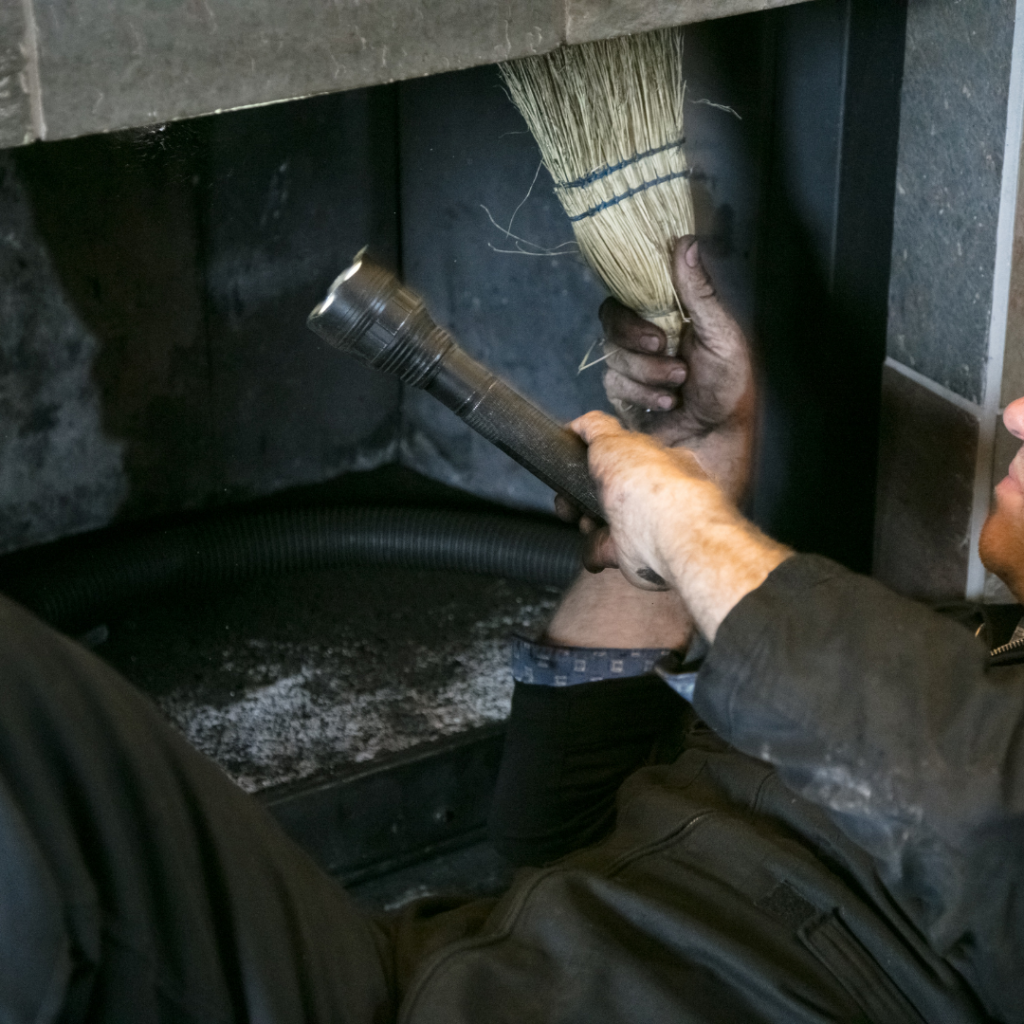
5. Inspect Your Fireplace
Check your fireplace annually for damage, even if you only use it occasionally. Inspect the flue for buildup of creosote, a flammable by-product of burning wood that can result in a (unintended) fire. Additionally, check the chimney for damage or flue blockages. Make sure the flue cap is in place and working. If you don’t have a flue cap, look to ensure there are no obstructions. Inspect brick chimneys for loose or broken joints.
Bonus Tip: To be quite honest, this project is best left to the pros. Always get references for companies for this type of project. Chimney Sweeps like The Mad Hatter, Arnold Stove & Fireplace Center, and Ashes Away Chimney Service are experts at spotting, fixing, and mitigating issues.
6. Change Filters and Clean Out the HVAC Room
This is where your whole house inhales. Often time I walk into homes and this is the dirtiest part of the home. It’s been 100 degree and sweaty for the last two months your windows have been closed and this is the location that your HVAC draws its fresh air in. Get out your shop vac and give it a once- (or twice) over. Your lungs will thank you and your HVAC system will run more efficiently (read: this will save you $$).
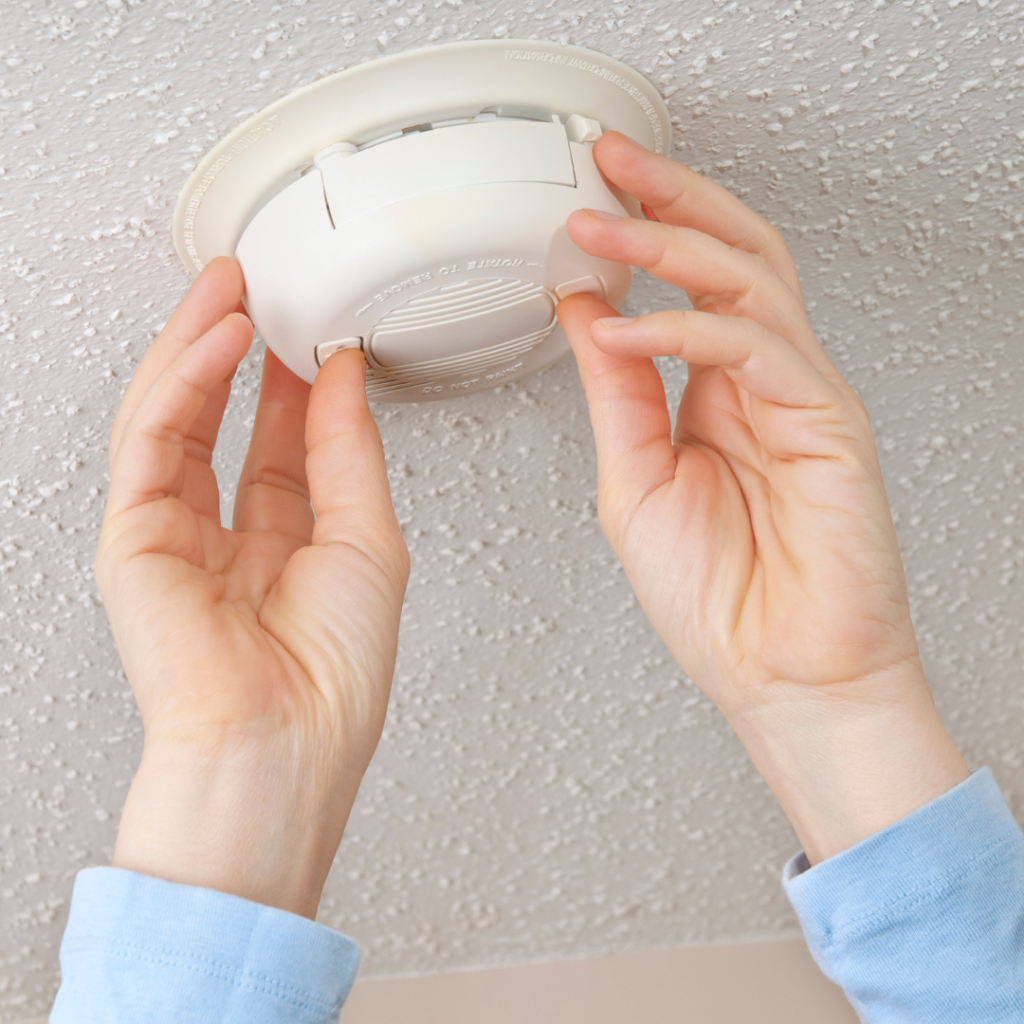
7. Where There’s Smoke, There’s Fire!
Let’s face it, turning on the oven the last few months has felt like an exotic expense. Plus, why heat up the house when you can start the grill and crack a beer? Your BBQ pit needs cleaning as well, so add that to your list too! Bottom line is that you’re going to be cooking more inside soon since sweater weather has arrived. Keep your meats and your family safe by checking your smoke and carbon monoxide detectors’ batteries and age. Many older model detectors will have a test indicator that will only tell you that the device has a charged battery but the actual smoke detecting mechanism might be aged out and no longer functional. If your battery-operated detector is more than 10 years old it’s best to replace it. Head to your favorite hardware store to grab batteries and change out the old detectors. When you’re done replacing them, crack a beer for a job well done!
8. Keep the Humidifier Humming
Sounds counter-intuitive, right? You’ve been hearing the excuse, “It’s not the heat it’s the… humidity,” for months now. Well there is such a thing as good humidity. When temperatures drop in the Midwest we start to get that colder, drier air from our overly-polite friends up north. That dry air won’t just crack the skin around your fingertips; it can also make fine wood more prone to cracking too. Suddenly, doors don’t seem to close right and floors begin to creak. Keep your inside humidity levels around 50% by switching on your central humidifier vent, changing the filter and setting the controller to winter. Your skin and your wood will thank you!
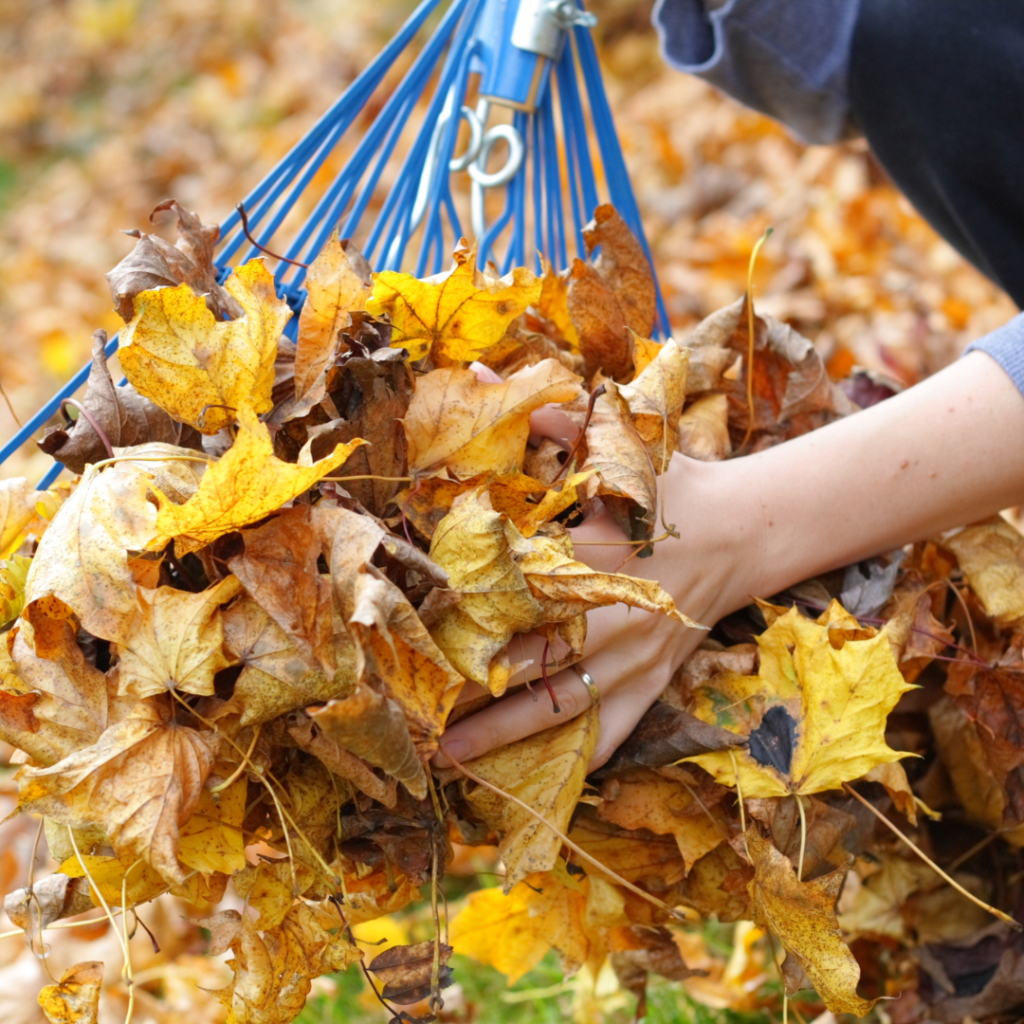
9. Prep the Lawn for Winter
Remember, if the grass is always greener on the other side of the fence it’s likely due to a faulty sewer/septic system. Or it’s just your neighbor showing you up, Thanks, Ron… Regardless, if you want a greener lawn in the spring, the work starts now. If you have a lot of bare spots in the yard it’s best to seed to avoid a muddy winter. Aerate and over-seed to thicken up your lawn now while it’s prime grass growing weather. Come November while the grass is still green on top you can add a winterizer, which is mostly a water soluble nitrogen fertilizer. This will provide the ground vital nutrients that were depleted during the summer months. Come spring your yard will bounce back quicker and fuller! I’ll see you next year, Ron, when my tulips are popping!
Bonus Tip: plan ahead and plant your spring bulbs soon! You can’t go wrong with tulips. Plant tulip bulbs in the fall, six to eight weeks before a hard, ground-freezing frost is expected. Plant them about six inches deep and between three to six inches apart. For more tulip tips, contact your local tulip guide for advice.
10. Touch Up Exterior Paint
Touching up the exterior paint may help prolong the life of your siding and trim and fall is a great time to tackle this project. A fresh coat of paint or sealer on surfaces that might be covered with snow (like porch stairs or wood decks) is also beneficial. Whether you hire it out or DIY, act sooner rather than later; temperatures that dip below 45 or 50 degrees are not ideal for painting.
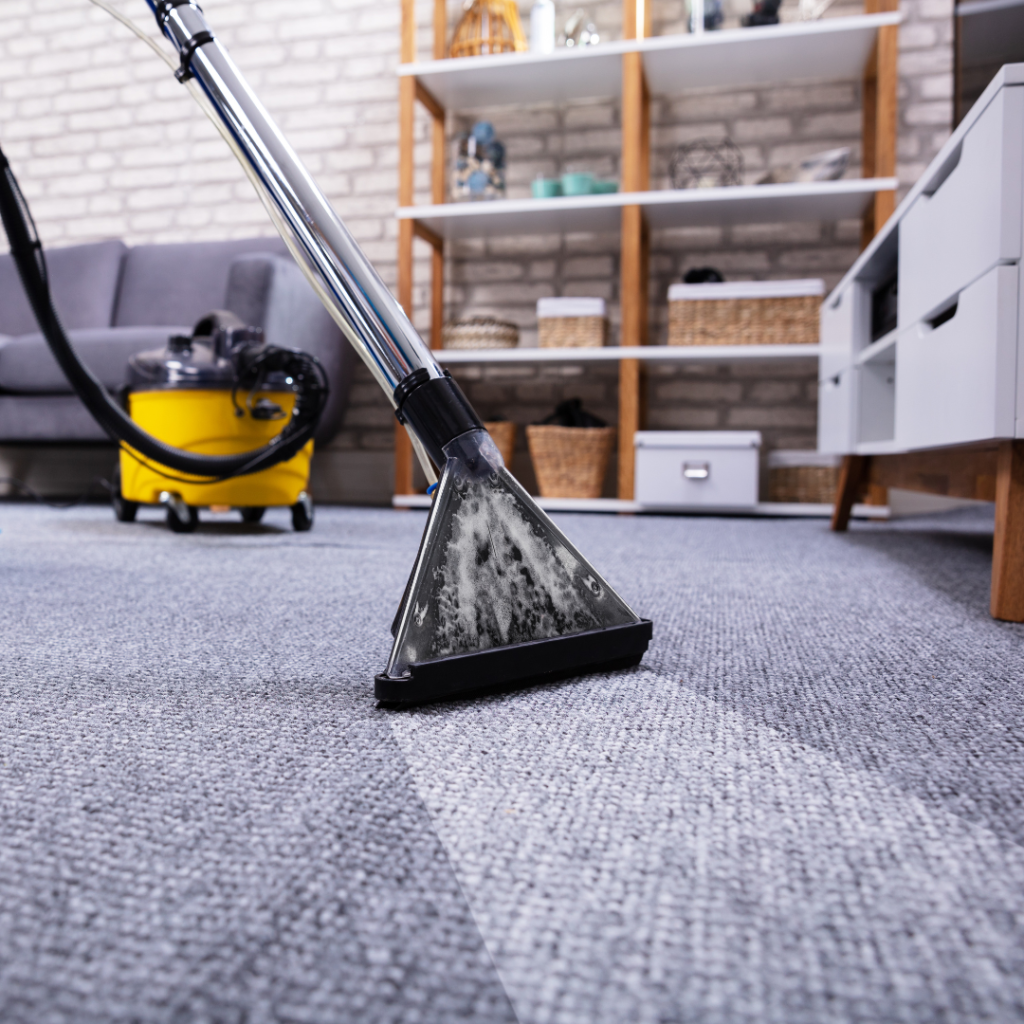
11. Clean your Carpets
It’s time to clean house (pun intended). Hot, sticky summer days are finally behind us (FI-NA-LLY!) and fall is a perfect time to open your windows for some fresh air and ventilation. Just make sure that your chance for a cross breeze doesn’t coincide with your neighbor’s bagpipe practice…! If you don’t have (or don’t want to use) a carpet cleaning machine, hire it out. When you think about all that your carpets have been through over the past month – let alone the entire year – you’ll all be glad you took this time for a refresh.
12. General Cleanup & Maintenance
This list covers the basics that will have you feeling refreshed before the windows stay shut for the winter:
- Fire extinguisher: first, make sure you have at least one. Keep it near/in the kitchen. Check the indicator in the pressure gauge to make sure it’s charged. Note: replace extinguishers older than six years.
- Fire escape plans: every bedroom should have two exit paths. Windows should not be blocked. Also, not a bad idea to put a rope ladder in each upper-floor bedroom. If all goes right, you’ll never have to use it. In this case, better safe than sorry.
- This is a good time of year to vacuum the dryer vent and clean under and behind your washer and dryer.
- Other house cleaning projects to tackle before cold weather comes to stay: wash all small rugs, wash blankets in the living space, wash/spot clean your couch and pillows, wipe down baseboards, and clean your ceiling fan blades.
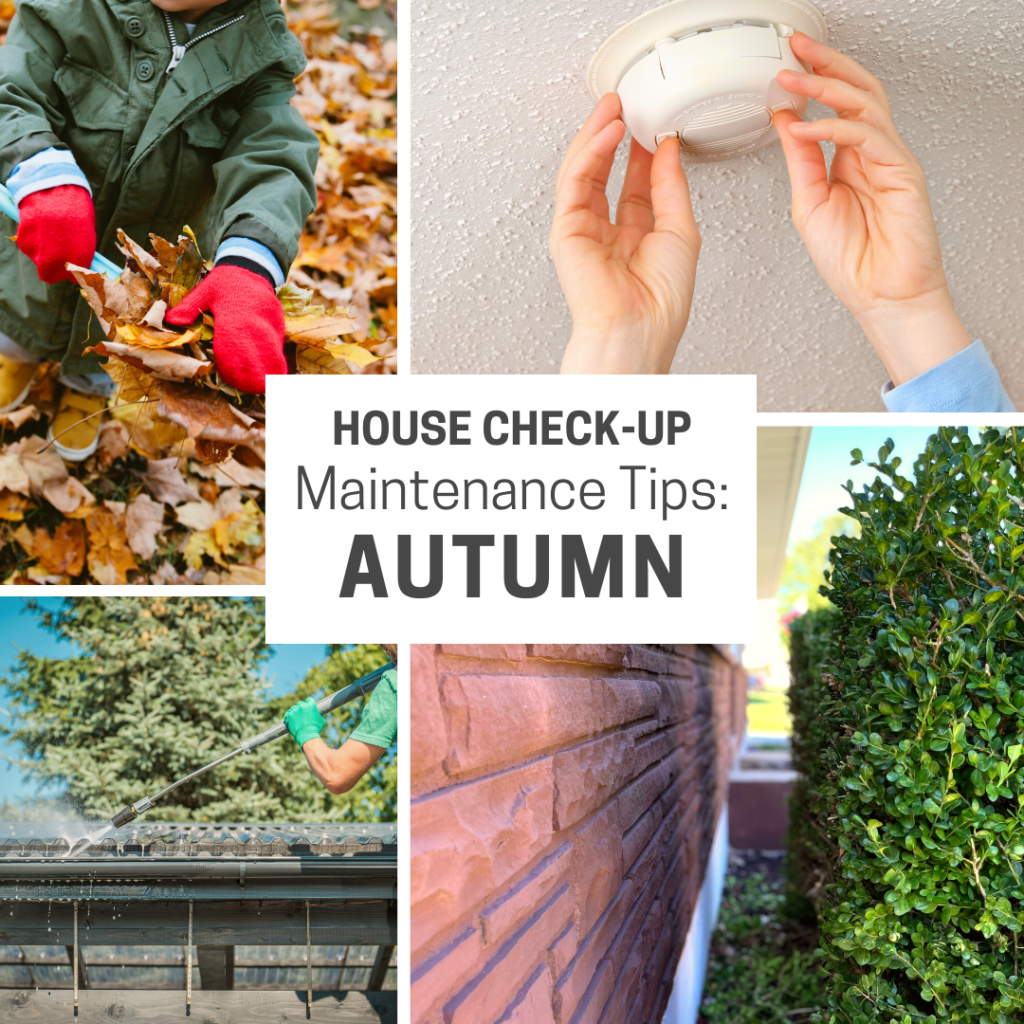
Your house will thank you for helping it get ready for the season with these fall maintenance tips. Now, go pour some apple cider and sit by the fire. Fall has arrived. Cheers!
– – –
Ryan Koppy is a local St. Louis real estate broker who acts first and foremost as a trusted guide and confidant. He helps growing families, business owners, investors and individuals with making some of the biggest financial decisions of their lives. If he’s not talking about bees, baseball, hockey or outdoor sports he’s usually discussing real estate. At the end of the day, he wants to help good people make good real estate decisions. ** Call today to learn more: 314.620.5542 **


